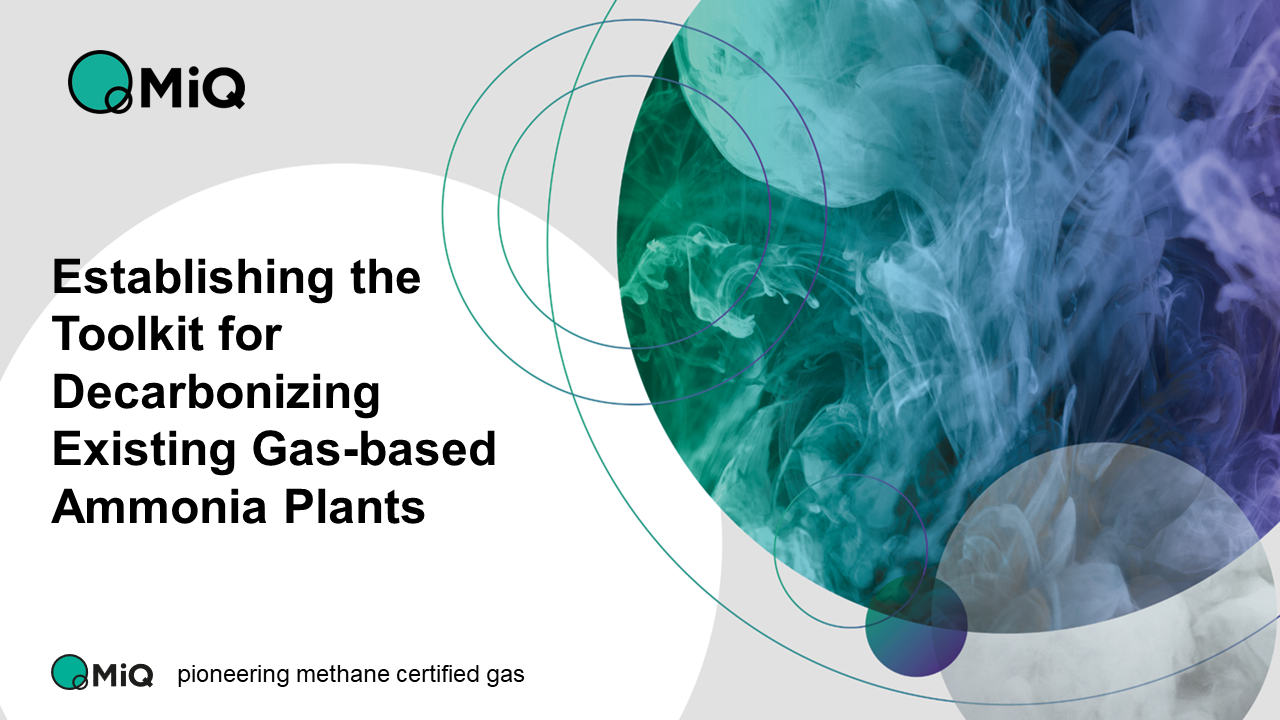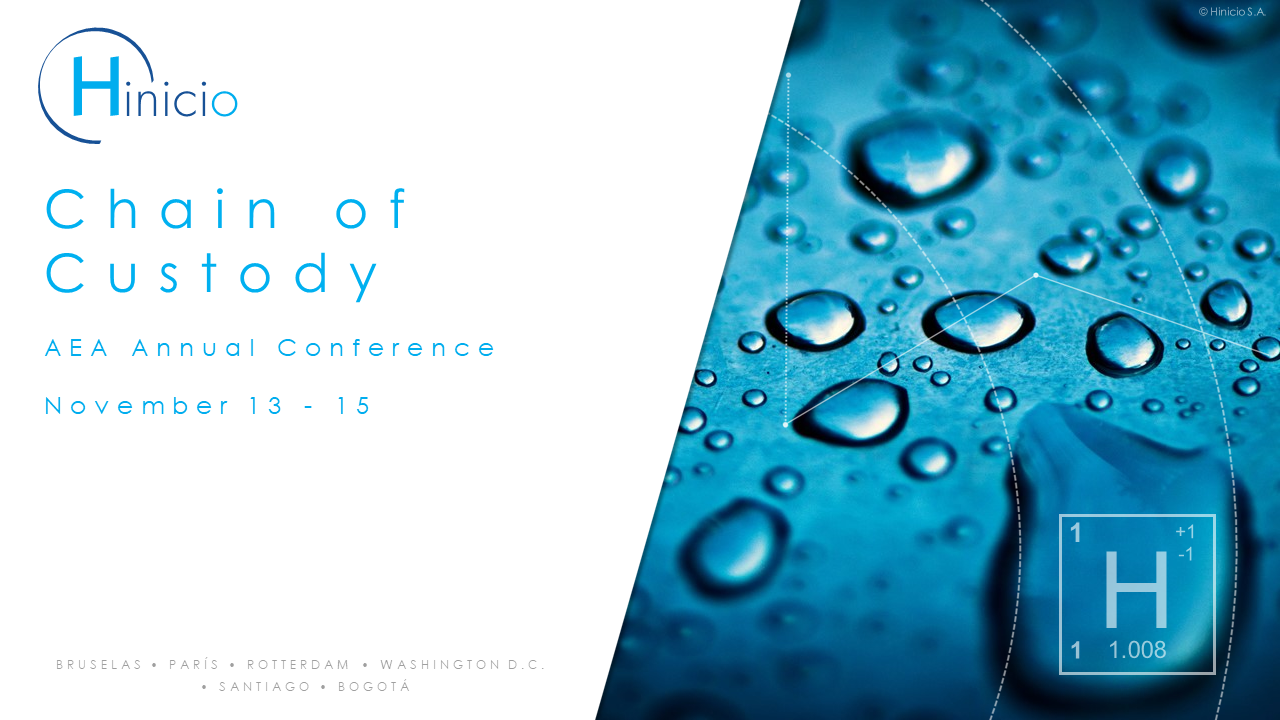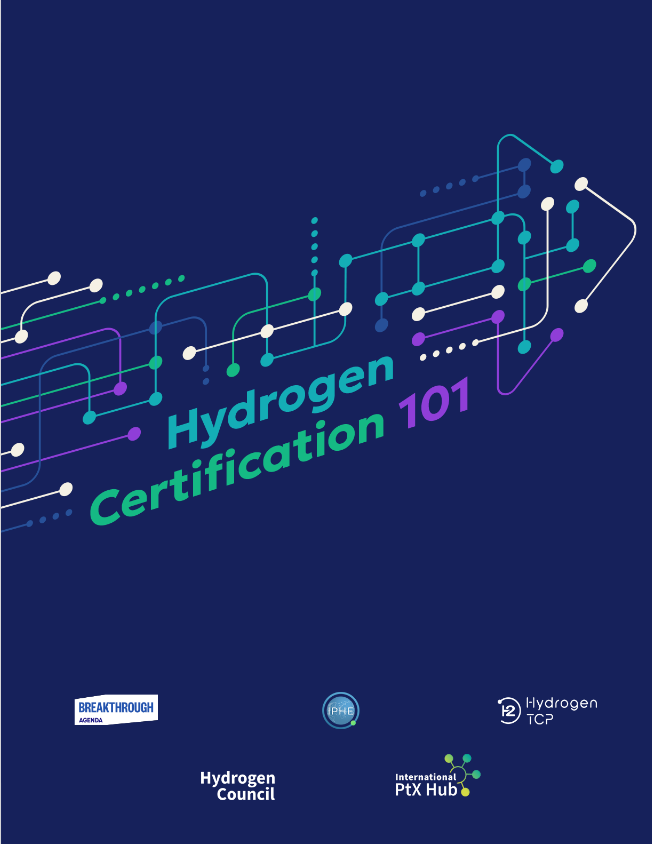Life Cycle Analysis
Renewable ammonia exports from Brazil: Project Iracema
Meet partners developing Project Pecem in the northern state of Ceara, Brazil. The first phase of Project Iracema is set to come online in 2027, with the aim of producing ammonia compliant with certification requirements for the export of the renewable hydrogen to Europe. At full capacity, 2.2 million tonnes of grid-connected ammonia production capacity will be enabled.
India: new state-level hydrogen & ammonia policy, national hydrogen standard
The state government of Andhra Pradesh launched its new hydrogen and ammonia policy in June, including a production target of up to 2 million tonnes per year of renewable ammonia, plus a raft of incentives to attract project developers to the Indian state. The news comes as India’s Ministry of New and Renewable Energy sets the standard for “green” hydrogen produced in the country.
Certification 101: New Hydrogen Council Report
Hydrogen Certification 101, the Hydrogen Council’s new report, provides a helpful summary of key certification terminology and concepts. It is the latest report to advocate for mutual recognition as a solution to inconsistency in energy policy, while also delving into practical measures to support the fundamental design principles of certification schemes.









